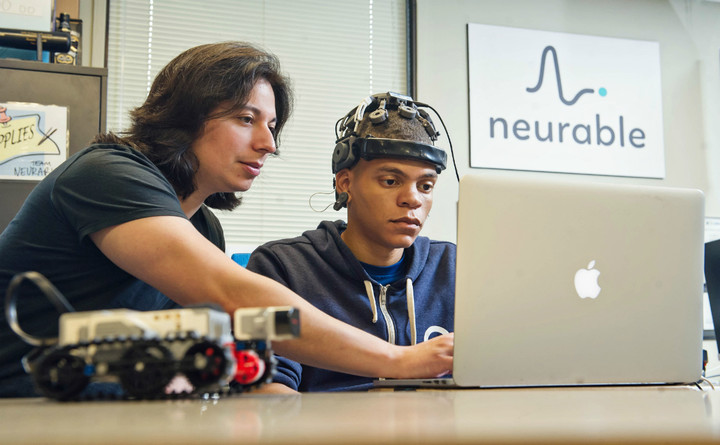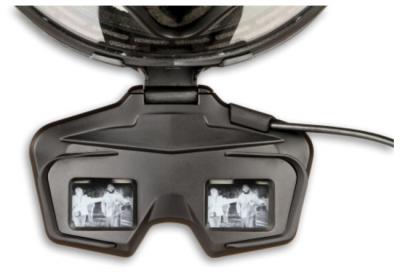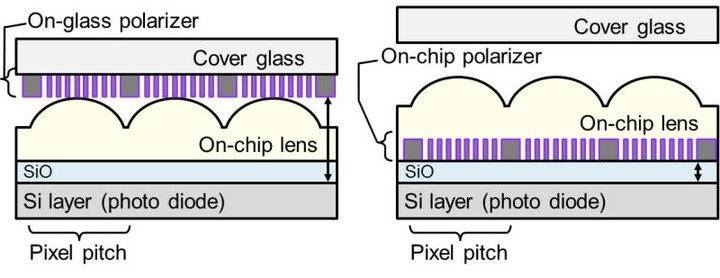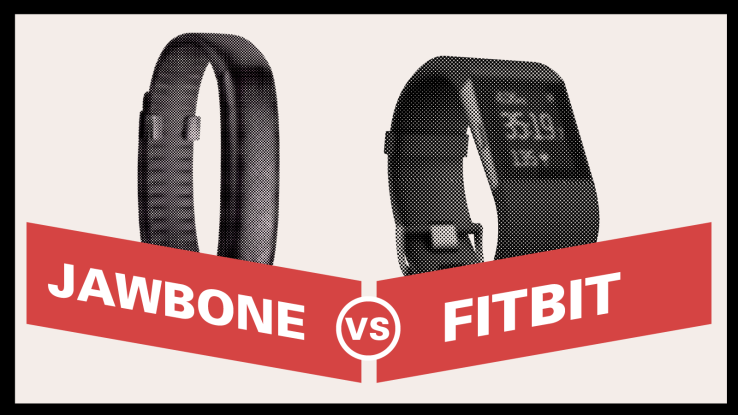
12-25 Happy Holidays: Microsoft to release a Windows phone device in 2017; Jawbone and Fitbit resolves patent-related issues; etc.
Chipsets
Flexible printed circuit board (FPCB) makers Zhen Ding Technology and Flexium Interconnect are expected to see weak revenue performances for the first 5 months in 2017 as demand for Apple iPhone 7 has started weakening and the 2 suppliers are unlikely to regain their momentum until Apple begins to prepare for its next-generation iPhone in Jun. 2017. (Digitimes, press, Yesky)
Touch / Display
OLED Microdisplay maker eMagin announced that it has entered into a USD5M revolving credit working capital facility. The financing will be used for general corporate purposes including funding the inventory build for the company’s recently launched consumer products, BlazeSpark and BlazeTorch. The facility has a term of 3 years. (OLED-Info, Business Wire, Market Wired)
It rumored that TPK-KY will win the orders for Apple’s 2017 iPhone OLED touch module, mainly because Samsung AMOLED touch module yield rate is still low. (Laoyaoba, UDN, PC Home)
Camera
Sony is working on a new backside-illuminated CMOS sensor with an integrated polarizing filter. Instead of placing a glass polarizing filter in front of your lens, Sony’s prototype sensor uses a metal grid atop the sensor’s photodiodes that acts as a polarizer to selectively reduce unwanted glare and reflections in an image. (Digital Trends, Nikkei, 163, IT168)
Sensory
Brain-computer interface (BCI) developer Neurable recently received USD2M in seed money to explore. Neurable has some patent-pending technology that monitors a user’s brain activity to determine their intent, utilizing real-time software combined with connected devices that are powered by the human brain. (Digital Trends, Neurable, 36Kr, ChinaZ)
Connectivity
Huawei and China Mobile have signed a digital home strategic cooperation agreement. Both companies will work together to build a home network, and jointly promote smart home commercialization. To achieve the interoperability of products, China Mobile will work with Huawei’s OpenLife on IoT standards, open platforms and eco-system construction. (Laoyaoba, C114)
China will revisit in 2018 the standards for vehicle-to-vehicle communication that are vital for driverless cars and lay out a common national standard after that, said the chief of the Society of Automotive Engineers of China (SAE-China). (Reuters, Ubergizmo, Sohu, East Money, Tencent)
China Mobile VP Sha Yuejia indicates that the company has nearly 400M 2G / 3G customers so the potential demand for 4G is still huge. Additionally, out of the 500M 4G customers, expecting 50% will change / upgrade their phones again. Thus, China Mobile estimates that in 2017 the whole mobile phone market size will not be lower than 540M units. Therefore, China Mobile will expand network construction, indicating increasing subsidy. (Laoyaoba, Tencent, 52RD, Yahoo)
Smartphones
Microsoft’s Chris Capossela recently spoke about the future of Windows phone, confirming that Microsoft will be launching new devices in 2017 and heavily suggested that one of these devices would be the evolution of the company’s Windows phone devices. (CN Beta, On MSFT)
Cyanogen Inc. has ceased its support for CyanogenOS declaring that “all services and Cyanogen-supported nightly builds will be discontinued” by end of 2016. Now Lineage Android is official, which will use everything that CM has made to build a better grassroots alternative to the software from phone manufacturers. (Android Central, Cyanogen, TechCrunch, 163, iFeng)
Tablets / PCs
Huawei Technologies will launch a 13.3” and 15.6” clamshell notebook in 2017 and has selected Taiwan-based Pegatron and Quanta Computer as ODMs, according to industry sources. With production to begin in 1Q17, the two notebooks will be launched in the following quarter, according to Digitimes. (Digitimes, press, iFeng, IT168)
Wearables
Fitbit has withdrawn a year-old patent complaint filed with the US International Trade Commission that sought a ban on the import of Jawbone’s fitness tracker into the US. (CN Beta, Fortune, TechCrunch, CNET)
Internet of Things
IBM is poised to get the most U.S. patents of any tech company for the 24th year in a row. In 2015, IBM received more than 7,355 patents, down slightly from 7,534 in 2014. IBM is on track to receive well over 7,000 patents in 2016. In 2016, IBM is also hitting another interesting milestone, with more than 1,000 patents for artificial intelligence and cognitive computing. (CN Beta, VentureBeat, NASDAQ)
In 2015, China’s patent office became the first in the world to receive more than 1M applications in a single year. According to Wipo figures, China’s patent office received 1,101,864 applications in 2015 from both domestic and foreign filers, accounting for almost 40% of the global total and more than the next 3 countries — the US, Japan and Korea — combined. (CN Beta, EE Times, Financial Times, Quartz, Reuters)


